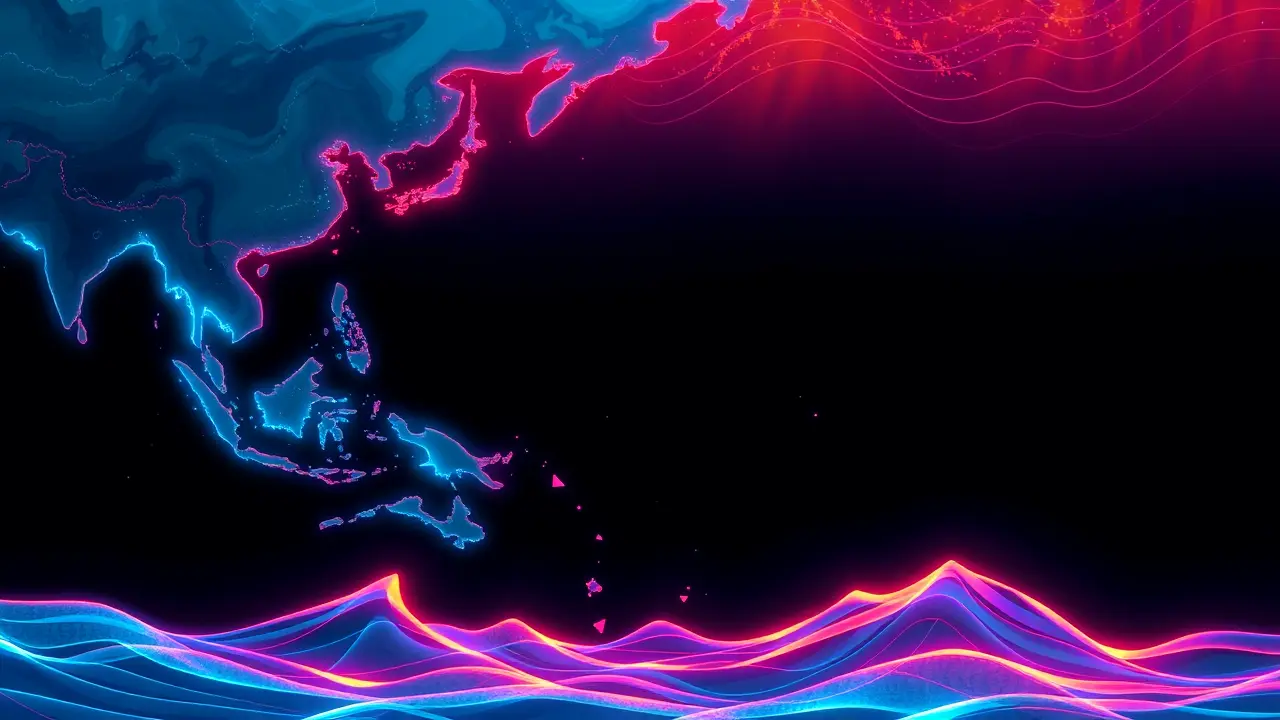Record-breaking heatwave in the Pacific Ocean baffles scientists.
The Pacific Ocean is running a fever, and the diagnosis remains ominously unclear. A sprawling mass of the north Pacific is currently gripped by a record-breaking marine heatwave, a climatic anomaly of such magnitude and persistence that it has left the scientific community grappling for answers.This isn't merely a seasonal fluctuation; it’s a profound thermal event, a blistering patch of ocean that functions like a planetary-scale radiator, relentlessly pumping heat and moisture into the atmosphere and fundamentally altering marine ecosystems. The immediate data is stark—satellites and buoy networks are registering sea surface temperatures several degrees Celsius above the historical average for this region and time of year, a deviation that, in the complex and buffered system of the ocean, is the equivalent of a human body sustaining a dangerously high fever.The parallels to past events like 'The Blob,' the infamous marine heatwave that dominated the Pacific from 2013 to 2016, are unavoidable and deeply concerning. That event triggered a cascade of ecological devastation: toxic algal blooms choked coastlines, leading to mass mortalities of sea lions and whales; commercial fisheries for species like salmon and crab collapsed as their food sources, such as krill and copepods, vanished from the warming waters; and coral reefs as far away as Hawaii experienced catastrophic bleaching.Scientists now watch with a sense of grim déjà vu, fearing a repeat or, worse, an escalation of that disaster. The underlying causes are a tangled web of interlocking factors.While the larger backdrop of human-induced climate change, driven by the relentless accumulation of greenhouse gases, provides the foundational heat stress that makes such extremes more likely and more intense, it doesn't fully explain the sudden, localized intensity of this event. Researchers are urgently investigating other potential culprits, including a persistent and stubborn high-pressure system that has suppressed cloud cover and winds, allowing solar radiation to bake the ocean's surface unimpeded.There is also the complicating factor of the El Niño-Southern Oscillation (ENSO), which, while currently in a neutral phase, has left residual warmth in the tropical Pacific that may be influencing broader circulation patterns. The consequences of this oceanic heatwave extend far beyond the water's edge; it acts as a powerful engine for weather chaos, potentially amplifying the intensity of atmospheric rivers that batter the West Coast of North America and influencing jet stream patterns that can lead to prolonged droughts or extreme precipitation events across continents.For the creatures that inhabit this vast aquatic realm, the heat is a silent, suffocating force. Warmer water holds less dissolved oxygen, creating dead zones where fish and other marine life cannot survive, while simultaneously driving the migration of species like tuna and squid into new, cooler territories, disrupting predator-prey relationships that have been in equilibrium for millennia.The scientific bafflement is not born from a lack of data, but from the sheer complexity of the ocean-atmosphere system; we are witnessing a grand, uncontrolled experiment, and the initial results are terrifying. As one marine ecologist somberly noted, observing the rapid decline in seabird populations already struggling to find food, 'The ocean is sending us a distress signal.This heatwave is not an isolated incident; it is a symptom of a system pushed to its breaking point, a stark preview of a future where such extremes become the norm, demanding not just our curiosity but our immediate and unwavering action. '.
It’s quiet here...Start the conversation by leaving the first comment.
